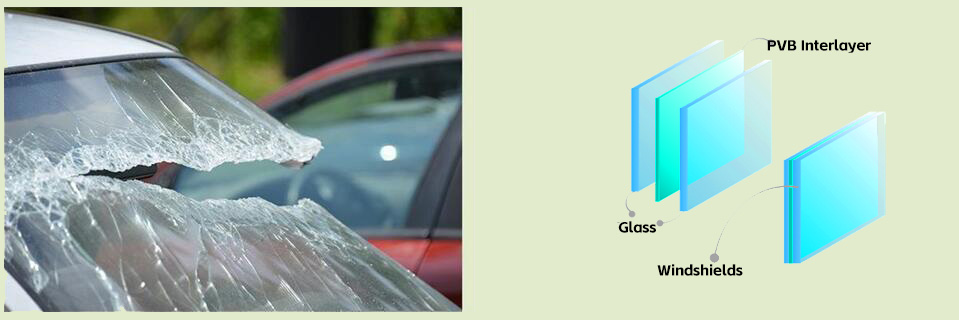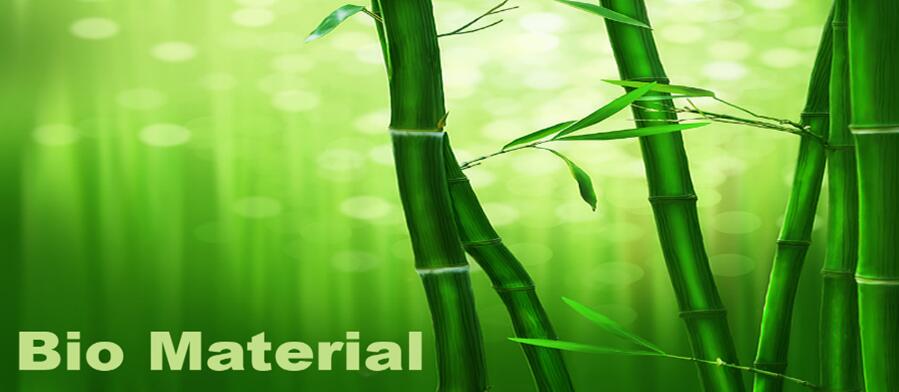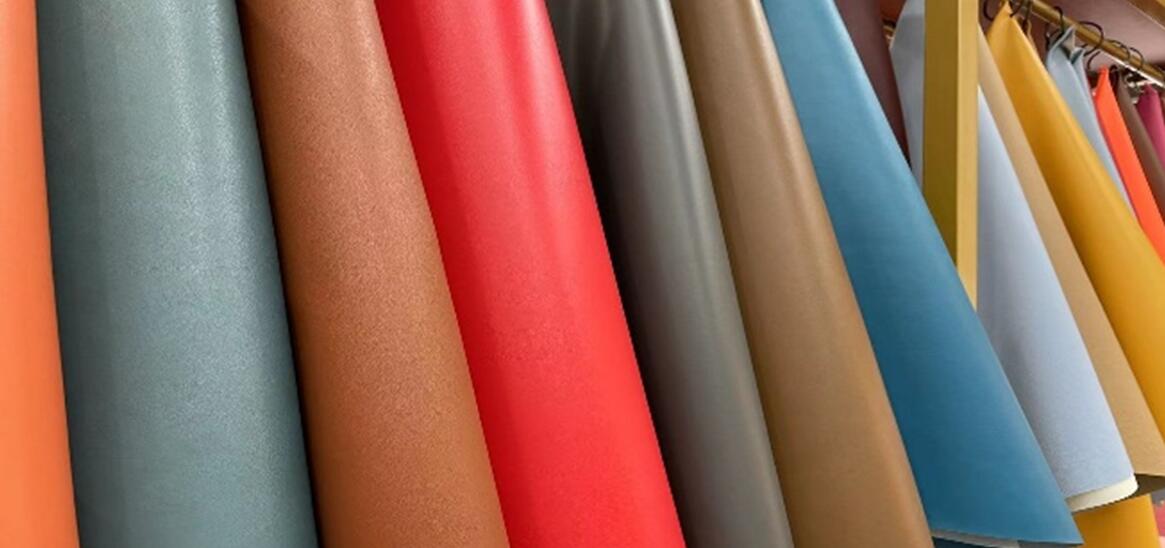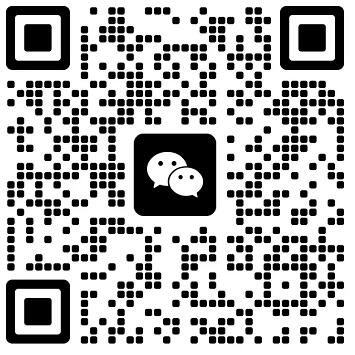
PREFACE:
The recycling and utilization of renewable resources is a public welfare undertaking in a sense. Under the conditions of a market economy, all industries in today's society have contributed to environmental protection. The goal is to recycle renewable resources to save resources and water consumption, reduce waste emissions and reduce carbon emissions, and reuse them to create new value.
Sustainable development is one of the hot spots in the new century. Almost everything we do now must be regarded as sustainable development. This is very important. This is the core concept of the survival of the earth.
Shenzhen Chengmao Xinyuan Trading Co., Ltd. focuses on sustainable synthetic leather, adopts scientific development, innovates value, recycles all renewable resources, and supplies green and environmentally friendly fabrics. Starting with you and me, we will work together to build a better earth.
OUR PRODUCTS
- High-purity recycled polyvinyl butyral (RPVB)
- Ordinary Recycled polyvinyl butyral (RPVB)
- Bio-based polyurethane (Bio-based PU)
- Water-based polyurethane (Water based PU)
- Recycled PU leather
All our products can provide different designs and excellent functions, and can meet the requirements of customers to produce a wide range of product packages,footwear, automobiles, furniture, clothing, decoration, etc.
Recycled Polyvinyl Butyral (RPVB)

Recycled polyvinyl butyral (PVB), also known as recycled polyvinyl butyral.
It is a kind of synthetic leather made by recycling the interlayer film in the middle of the windshield of abandoned automobile building glass.
Why use PVB on the windshield for recycling?
According to statistics, there are more than 1,000,000,000 cars on the world's roads, and more than 90,000,000 cars are abandoned every year. According to global automobile production, approximately 12,000 tons to 16,000 tons of PVB can be extracted from abandoned windshields every month.
By reusing the PVB on the abandoned windshield. This is a huge contribution to the environment.
Recycled PVB leather is made from waste laminated PVB from glass recycling plants. First, use recycling facilities to separate non-PVB materials (metal, wood or glass). The PVB membrane is then cleaned, squeezed, filtered, and cut into small pieces to remove any contaminants. Once converted into recycled PVB particles and coating resins, it can be used to create new finished products.
Our products not only meet the different requirements of our customers but also greatly protect our planet by reducing the consumption of natural resources. The use of recycled materials is one of the effective ways to alleviate global ecological overshoot. Using each kilogram of recycled PVB raw materials can reduce carbon emissions by 17 kilograms and water consumption by 53 kilograms.
Our PRVB material classification
High-purity RPVB material:
Higher recycled rate: The purity recycled rate of the recycled raw materials of the product series can reach more than 95%. In addition to the necessary toner and treatment agent. No new materials are added in the material manufacturing process, and the bottom of the recycled P E T fabric backing is used. More than 97% of the produced leather can come from recycled materials.
Material effect: soft feel, consistent color rendering, optional flexibility through the use of different fabric backing
Uses: luggage, handbags, chair covers, footwear, cushions, etc.
Common RPVB material
Recycling rate: The recycling rate of the purity of the recycled raw materials of the product series ranges from 65% to 85%. In addition to toner and treatment agents, about 15% to 35% of TPU is also added in the production process.
Material effect: Compared with high-purity RPVB, the feel is relatively hard, the color rendering is consistent, the flexibility is less, and the elasticity is large. Good performance under high temperatures, folding and pressing conditions
Application: footwear, bags, chair covers, etc.
Recycled PU Leather

Recycled PU leather-its main raw material fabric backing is made of 100% recycled P E T material.
We have obtained the qualification certificate issued by Intertek Global Recycled Standard 4.0 (GRS4.0) regarding the part of the recycled resin and part of the recycled wood powder as PU raw materials, the utilization rate of recycled resources in recycled PU leather has reached 36%.
Customers can track whether the materials really come from recycled resources because each order can provide a corresponding batch TC certificate traceability.
Recycled PET (polyethylene terephthalate) fabric is a new type of environmentally friendly recycled fabric. Its yarn is extracted from abandoned mineral water bottles and plastic bottles. It is also commonly referred to as RPET fabric. Because the product is waste reuse, it is very popular abroad.
The recycled plastic bottles are crushed into pieces and processed by spinning. They can be recycled and effectively reduced. Carbon dioxide emissions, compared with the conventional process of producing polyester fibers, save nearly 80% of energy.
Bio-based PU Leather

Bio-based materials refer to the fact that part or all of the raw materials of a material product come from biomass. For example, a new class of materials manufactured by biological, chemical, and physical methods using corn, coffee dregs, bamboo dregs, and other plants as raw materials.
Compared with other synthetic leather, bio-based leather has better scratch resistance and a softer surface. Bio-based leather is DMF-free leather, so it has been approved by governments of various countries and is not subject to strict regulations. It will occupy a large share of the global synthetic leather market in the future.
Mainly used in handbags, footwear, car seat covers, etc...
Water-Based PU Leather (Waterborne PU)

Waterborne PU leather (Waterborne PU) is a new type of polyurethane system with water as the dispersion medium instead of organic solvents. The water-based PU leather solvent is water. It is characterized by no pollution, no DMFA, no organic compounds, no heavy metals, and other harmful substances to the human body.
There is no wastewater discharge in the production process, which will not affect the surrounding ecological environment and provide a contribution to ecological and environmental protection.



